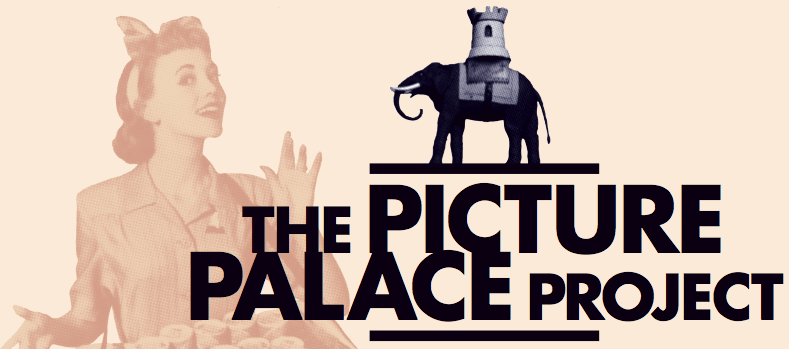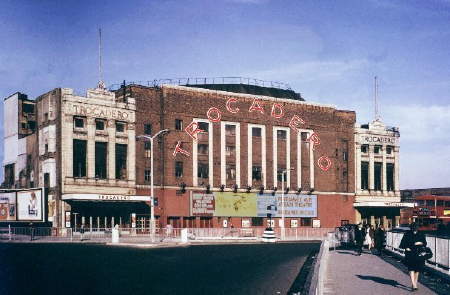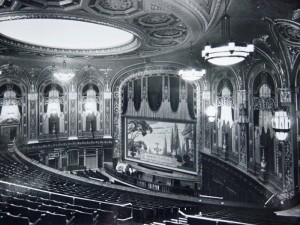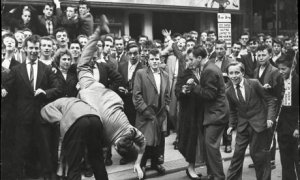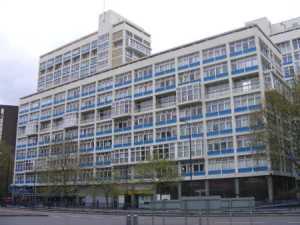On the weekend of 21-22 September, the Cinema Museum, based in the old Lambeth Workhouse, is opening its doors for free between 10am and 5pm. The occasion is Open House London 2013. But the event will also showcase a new exhibition put together as part of the Picture Palace Project.
The Picture Palace Project is a community heritage scheme organised by Abigail Tripp and Cinema Museum volunteers, with money from the Heritage Lottery Fund. I’ve been involved with the project through a tie-in scheme at UCL (you can see a piece I wrote about an earlier stage of the project for the UCL ‘Dig Where We Stand’ blog).
The project has been going for the best part of a year now. The initial idea was to explore the history of cinema around Kennington and Elephant and Castle – an area of London with a long tradition of popular entertainment, which has been home to dozens of cinemas over the years. Sadly, most of these are no longer around, so volunteers have been collecting memories from Lambeth residents, and trying to find out what going to the pictures meant to local audiences.
Visitors to the Cinema Museum on Saturday, 21 September will be able to see (and hear) some of the results of the Picture Palace Project for themselves, including extracts from oral history interviews, maps, archive material, and scrapbooks. There will also be a cinema history walking tour led by local historian Chris Everett, plus a screening of We Are All One, a new film about neighbouring Bermondsey made by members of the Downside Fisher Youth Club. On both Saturday and Sunday, there will also be a chance to get a free tour of the Cinema Museum’s huge collection of film equipment and memorabilia.
You can find out more about the Open House weekend on the Cinema Museum website. In honour of the exhibition, I’ve also written about a venue that evoked a lot of vivid memories for Picture Palace participants – the Trocadero, Elephant and Castle.
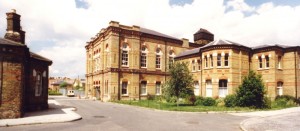
Image credit above: Picture Palace Project logo, designed by Andrew Roberts

